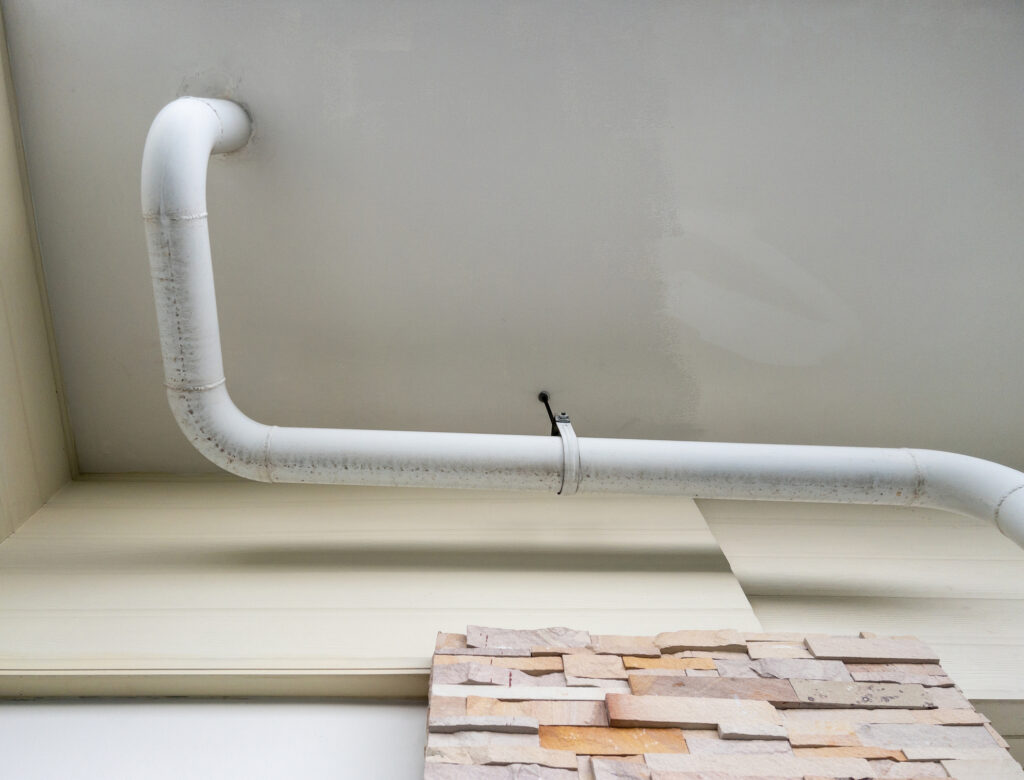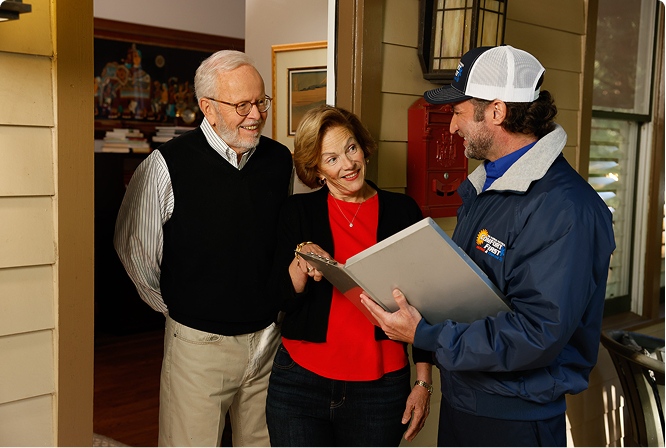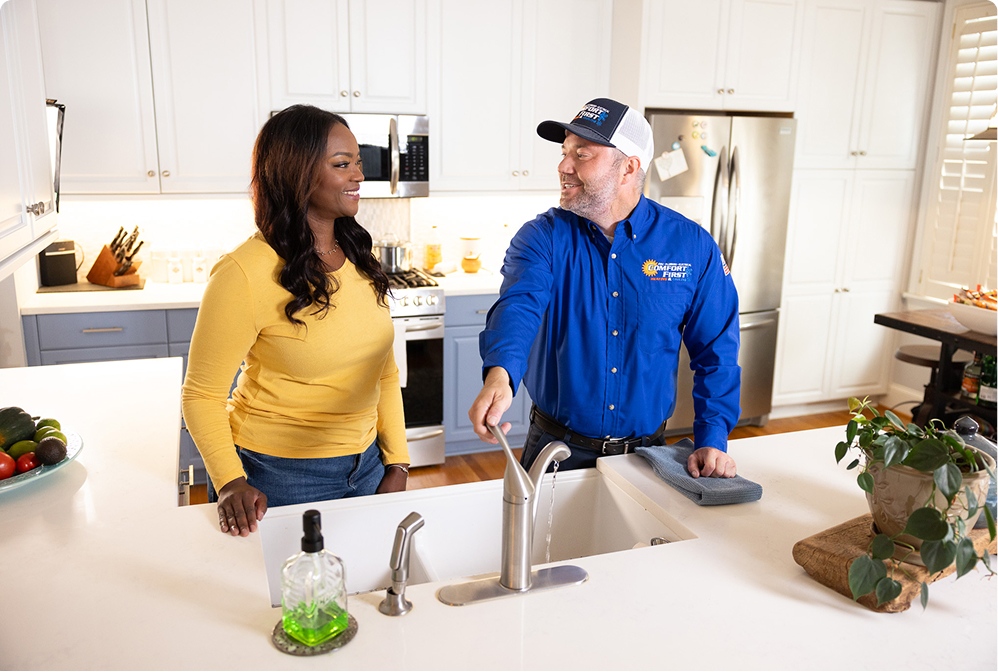
If your air conditioner starts leaking, it can cause more than a small puddle. Leaks can lead to higher energy bills, water damage, or even system breakdowns if you don’t fix them quickly. Knowing the different types of AC leaks can help you catch problems early and call for air conditioning leak repair when needed.
Refrigerant Leaks
Refrigerant leaks are one of the most common and serious AC problems. When this happens, you might notice the air from your vents feels warmer, the system doesn’t cool as well, or ice builds up on the coils. These leaks often start in the coils, refrigerant lines, or at the connections where parts join. If not fixed quickly, low refrigerant makes the system work harder, reduces efficiency, and can damage the compressor.
Condensate Drain Line Leaks
A clogged or broken condensate drain line is a common reason for an air conditioner leaking water. You might see water pooling around the indoor unit, dripping from the system, or notice the humidity in your home rising. When the drain line or drain pan can’t move water away properly, it can lead to HVAC water damage and create the perfect environment for mold to grow.
Ductwork Leaks
Leaks in your ductwork can cause uneven cooling, hot or cold spots, and wasted energy. These air leaks often come from holes, poor installation, or ducts wearing down over time. When conditioned air escapes, your system has to work harder to keep your home comfortable, which can drive up energy bills and put extra strain on the HVAC system.
Coil Leakage (Frozen Coils/Moisture)
A leaking AC coil or evaporator coil can cause ice to build up on the cooling coil and even lead to a frozen evaporator. This usually happens when the coils get dirty or the refrigerant level isn’t right. Keeping filters and coils clean and making sure the refrigerant is at the correct level can help prevent this type of leak and avoid the need for AC coil leak repair.
Hidden Water Leaks
Not all AC leaks are out in the open. Sometimes water seeps inside the system and slowly drips behind walls or above ceilings. Over time, you might notice faint stains spreading on drywall or bubbling paint. These leaks often come from loose fittings or a system that hasn’t been maintained. Because they’re hard to catch early, they can lead to serious problems like rotting wood and hidden mold growth if they’re not fixed quickly.
Frequently Asked Questions
How do I know if my AC has a leak?
Signs include warm air from the vents, ice on the coils, pooled water near the unit, or higher energy bills without a change in use.
Is a refrigerant leak dangerous?
Yes, it can damage your AC’s compressor and reduce efficiency. In some cases, refrigerant exposure can also be harmful if it’s not handled properly.
Can I use my AC if it’s leaking?
It’s best to turn it off and call for repairs. Running a leaking AC can make the problem worse and cause more damage.
How much does it cost to fix an AC leak?
Costs vary based on the type and location of the leak. A technician can inspect the system and give an upfront estimate for repairs.
Can AC leaks cause mold?
Yes, water leaks can create damp areas that lead to mold growth, especially around walls, ceilings, or inside the HVAC system.
Request AC Repair From Comfort First
If you’re dealing with any type of AC leak, Comfort First Heating & Cooling can help. Our licensed technicians offer same-day service, free estimates on replacements, and quality air conditioning leak repair backed by installation guarantees. We service all brands, provide honest pricing, and treat your home with care every step of the way.
Contact Comfort First Heating & Cooling today to schedule your AC leak repair and keep your system running smoothly.



















